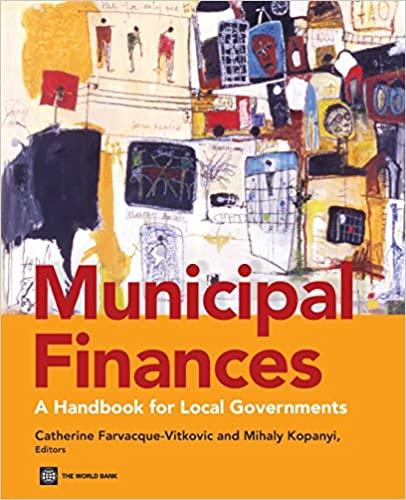Answered step by step
Verified Expert Solution
Question
1 Approved Answer
Use VBA code to simulate 5000 risk neutral stock price after 1 year and calculate the mean of these price using a GBM simulation method,

Use VBA code to simulate 5000 risk neutral stock price after 1 year and calculate the mean of these price using a GBM simulation method, with S0=100, sigma=0.2, r=0.05, delta=0.02
5. If a stock price follows GBM, it will have the following stochastic differential equation: dS(t) = rdt + odz(t). The formula for the stock price: S(t) = S(O)exp[(r-8-0.50)t + oZ(t)where (t) follows a normal distribution with mean 0 and variance t. To simulate the risk-neutral stock price, first simulate a N(0,T) random variable. Plug the simulated NGO, T) into the stock price. Function simGBMStock (ByVal se As Currency, ByVal sigma As Double, ByVal r As Double, Optional ByVal delta As Double - @, Optional ByVal t As Double - 1) As Currency 'se is the initial stock price sigma is the volatility of the stock price 'r is the continuous interest rate delta is the continuous dividend rate 't is the elapsed time simGBMStock - Se Exp((r - delta - 0.5 sigma 2) .t + sigma * WorksheetFunction. NormInv(Rnd, e, Sar(t))) End Function Try this: Simulate 5000 nisk-neutral stock prices after 1 year and calculate the mean of these prices using a GBM simulation method, with S = 100, a=0.2.r=0.05, 8 = 0.02. Do this 10 times and compare the 10 numbers you get 5. If a stock price follows GBM, it will have the following stochastic differential equation: dS(t) = rdt + odz(t). The formula for the stock price: S(t) = S(O)exp[(r-8-0.50)t + oZ(t)where (t) follows a normal distribution with mean 0 and variance t. To simulate the risk-neutral stock price, first simulate a N(0,T) random variable. Plug the simulated NGO, T) into the stock price. Function simGBMStock (ByVal se As Currency, ByVal sigma As Double, ByVal r As Double, Optional ByVal delta As Double - @, Optional ByVal t As Double - 1) As Currency 'se is the initial stock price sigma is the volatility of the stock price 'r is the continuous interest rate delta is the continuous dividend rate 't is the elapsed time simGBMStock - Se Exp((r - delta - 0.5 sigma 2) .t + sigma * WorksheetFunction. NormInv(Rnd, e, Sar(t))) End Function Try this: Simulate 5000 nisk-neutral stock prices after 1 year and calculate the mean of these prices using a GBM simulation method, with S = 100, a=0.2.r=0.05, 8 = 0.02. Do this 10 times and compare the 10 numbers you getStep by Step Solution
There are 3 Steps involved in it
Step: 1

Get Instant Access to Expert-Tailored Solutions
See step-by-step solutions with expert insights and AI powered tools for academic success
Step: 2

Step: 3

Ace Your Homework with AI
Get the answers you need in no time with our AI-driven, step-by-step assistance
Get Started


